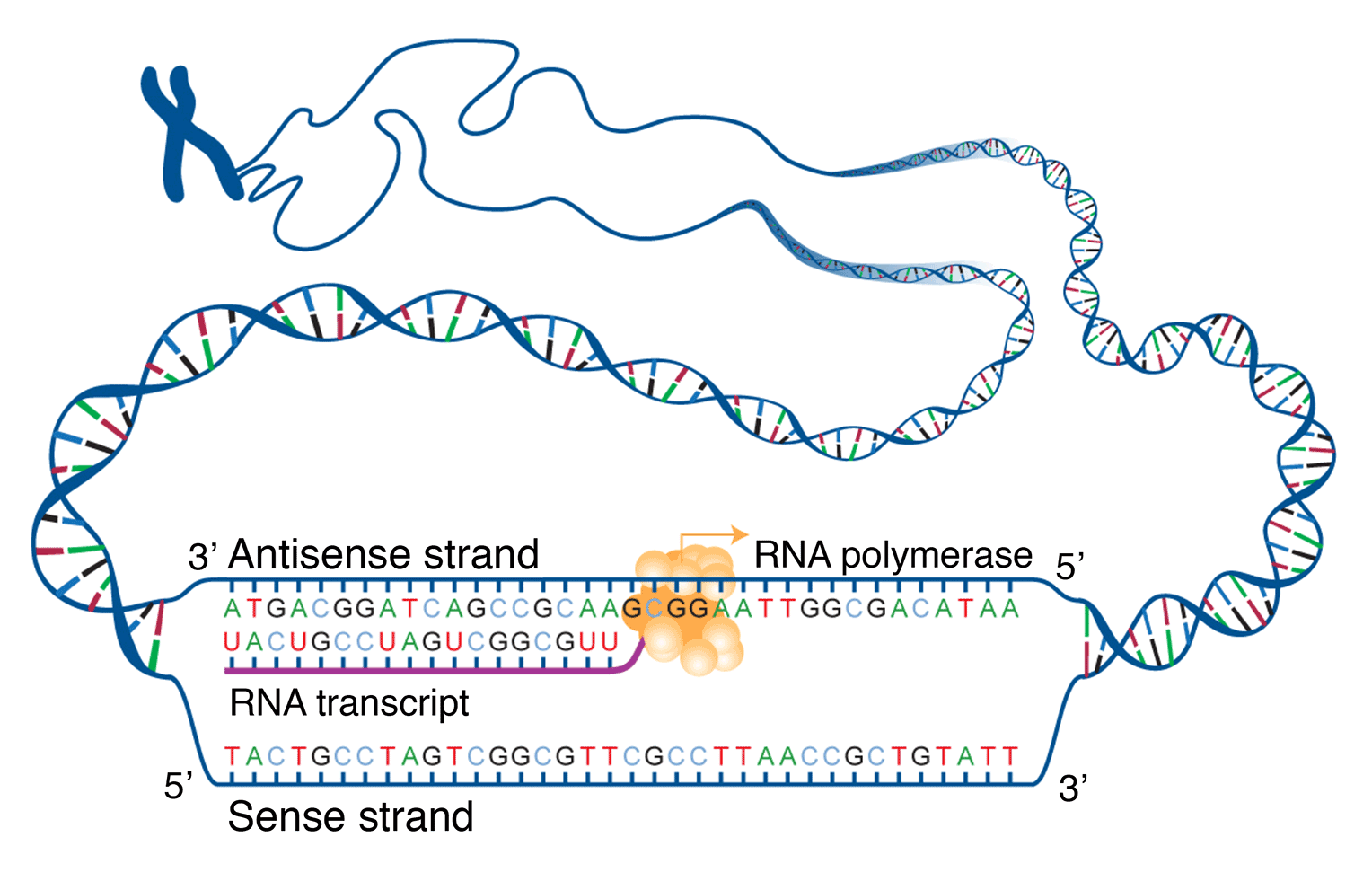
What's in the '-omics'?
In living organisms, genes are encoded in DNA (deoxyribonucleic acid). To produce proteins that have biological function, genes are transcribed to produce RNA (ribonucleic acid) or transcripts. Protein-coding messenger RNA (mRNA) are then translated into proteins. Genomics, transcriptomics, and proteomics refer to the large-scale study of all genes, DNA transcripts (including non-coding RNA, ribosomal RNA, transfer RNA, among others), or proteins within a cell or organism, respectively. Similarly, metabolomics refers to the comprehensive study of small molecule metabolites. Other areas of focus include the microbiome, the metallome, etc.
Highthroughput Data Generation
Large amounts of data are generated by an '-omic' investigation which brings to bear challenges in data analysis. In addition, different experimental methods are used to acquire '-omics' data, for example:
- Sequencing DNA for genomics
- Measuring metabolites in body fluids via nuclear magnetic resonance (NMR) spectroscopy or high performance liquid chromatography and mass spectrometry.
Because a discussion of '-omic' data quality depends upon the methods used to obtain the data in addition to data analysis, this module focuses gene expression and the transcriptome as a case study.